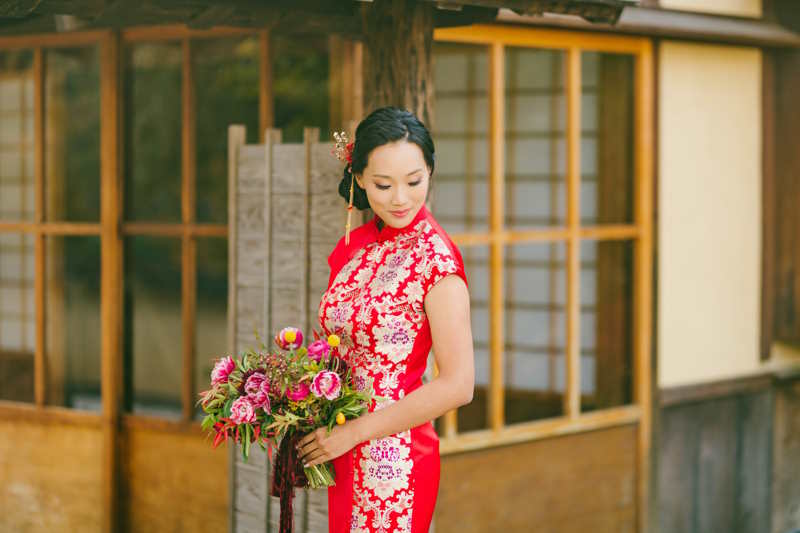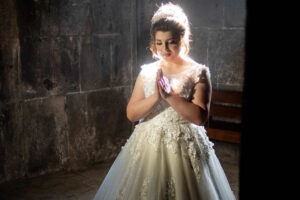There are distinct styles of gowns that are associated with both Asian and Western cultures.
In Asian cultures, traditional gowns include the Chinese qipao or cheongsam, the Japanese kimono, and the Indian sari. These gowns are characterized by their unique designs, materials, and cultural significance. For example, the qipao is a form-fitting dress with a high collar and slit skirt that is often made from silk or satin and embroidered with intricate designs. The kimono is a loose-fitting robe with wide sleeves that is typically made from silk or cotton and features colorful patterns. The sari is a draped garment made from a long piece of fabric that is wrapped around the body and over the shoulder, and is often made from silk or cotton.
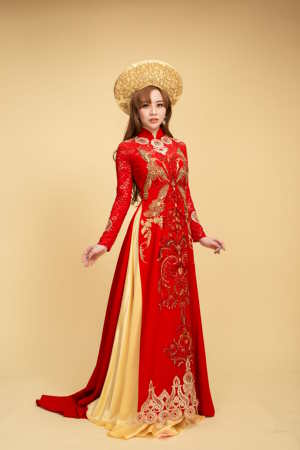
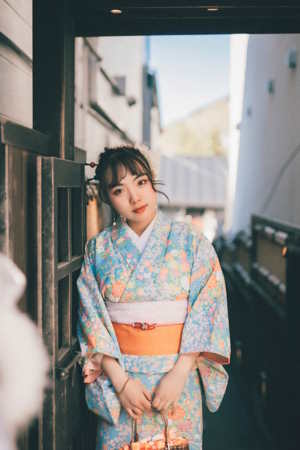
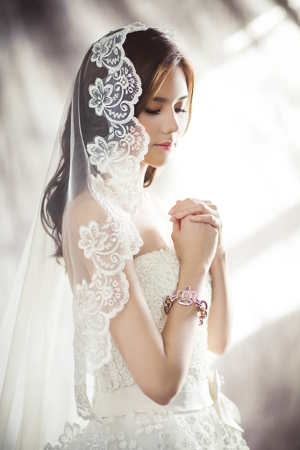
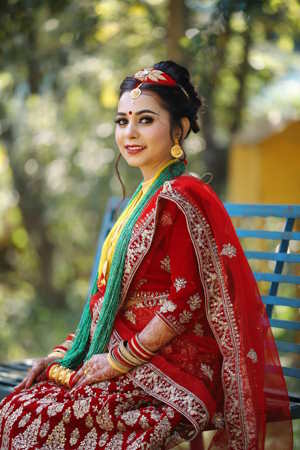
In Western cultures, gowns include a wide variety of styles, ranging from formal ball gowns to casual sundresses. Western gowns are often characterized by their use of modern materials such as polyester and spandex, as well as their focus on fashion trends and personal style. Some of the most popular types of Western gowns include the A-line gown, the sheath gown, the mermaid gown, and the ball gown. These gowns are typically designed to flatter the body shape and accentuate the wearer’s personal style.
While there are distinct differences between Asian and Western gowns, both styles of gowns have evolved over time and continue to influence fashion trends around the world. Today, many designers incorporate elements of both styles into their designs to create unique and modern gowns that reflect the cultural diversity of our world.
Here are some key differences between Asian and Western gowns:
- Silhouette: Asian gowns often feature straight lines and a loose fit, whereas Western gowns are typically more form-fitting with a defined waistline. This is due to the traditional clothing styles of the respective cultures.
- Neckline: Asian gowns often feature high collars or mandarin collars, whereas Western gowns typically have a more open neckline, such as a V-neck or sweetheart neckline. This reflects the cultural differences in modesty and formality.
- Sleeves: Asian gowns often have wide, flowing sleeves or no sleeves at all, whereas Western gowns may have more structured sleeves, such as cap sleeves or long sleeves. This again reflects cultural differences in modesty and formality.
- Fabric: Asian gowns are often made from silk, satin, or other lightweight fabrics, whereas Western gowns may use a wider variety of materials, such as chiffon, lace, or tulle. The choice of fabric reflects the climate and cultural preferences of the respective regions.
- Color: Asian gowns often feature bright, bold colors and intricate patterns, whereas Western gowns may use a wider range of colors and patterns depending on the occasion and personal preference.
- Embellishments: Asian gowns may feature elaborate embroidery or beading, whereas Western gowns may use sequins or other embellishments to add sparkle and texture.
- Cultural significance: Asian gowns are often deeply rooted in cultural traditions and may symbolize wealth, status, or other cultural values. Western gowns, on the other hand, may reflect personal style and fashion trends.
In summary, the differences between Asian and Western gowns reflect the cultural and historical backgrounds of the respective regions. While there are distinct differences, many modern gowns incorporate elements of both styles to create unique and beautiful designs.

